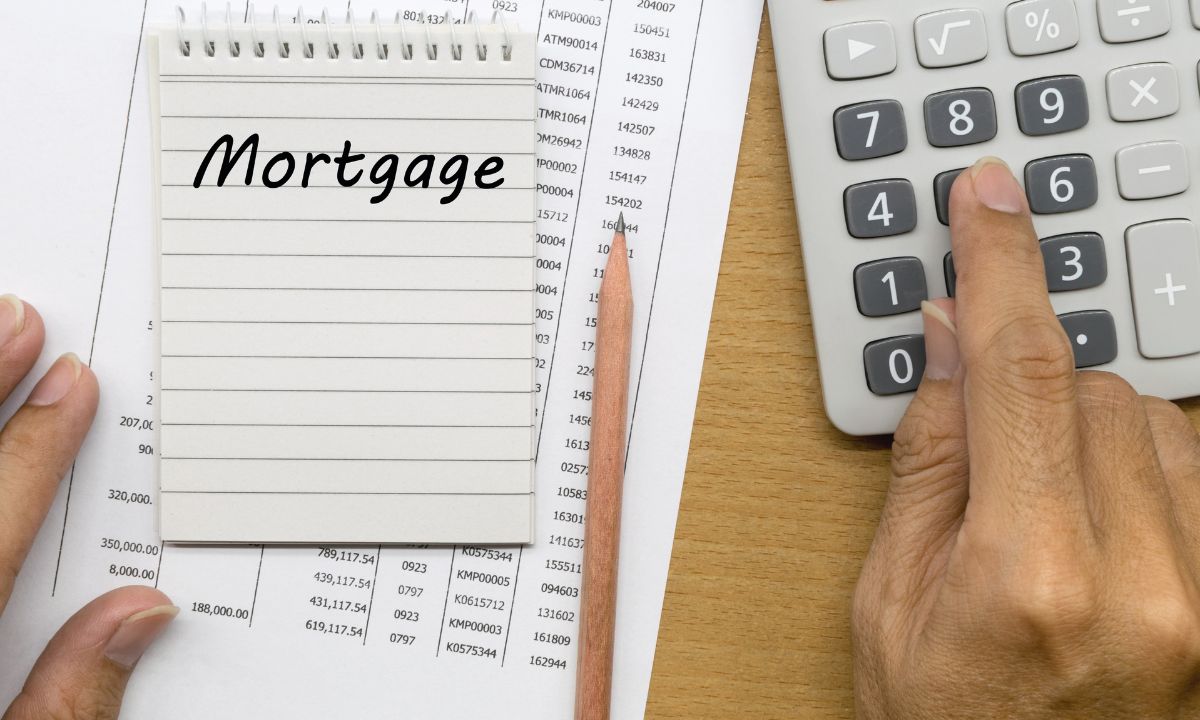Understanding the Components of Your Monthly Mortgage Payment
 If you’re new to homeownership, you might be wondering exactly what makes up the mortgage payment you’re sending each month. Beyond just the loan amount itself, there are several different components that all factor into your monthly mortgage payment. Understanding these components not only helps you see where your money is going but can also assist you in optimizing your mortgage and possibly securing a better rate.
If you’re new to homeownership, you might be wondering exactly what makes up the mortgage payment you’re sending each month. Beyond just the loan amount itself, there are several different components that all factor into your monthly mortgage payment. Understanding these components not only helps you see where your money is going but can also assist you in optimizing your mortgage and possibly securing a better rate.
1. Principal
The principal is the amount of money you originally borrowed to purchase the home. It represents the bulk of your loan balance and is paid down over the term of your mortgage. For example, if you buy a home for $200,000 and make a 20% down payment ($40,000), the remaining loan amount of $160,000 is your principal.
With each mortgage payment, a portion goes toward paying down the principal balance. As you continue to make payments, the principal balance decreases, which ultimately builds your home equity. The larger the down payment you make, the less you’ll owe in principal.
2. Interest
The interest portion of your mortgage payment is what the lender charges for the loan. Think of interest as the cost of borrowing money. This amount is calculated based on the interest rate, which is typically expressed as an annual percentage rate (APR). Your interest rate is determined by several factors including your credit score, the size of your down payment, and your loan type.
Interest is usually paid off at a higher rate in the early years of your mortgage and gradually decreases over time. In the early stages, more of your monthly payment goes toward interest, and less goes toward reducing the principal. Over time, as the balance of your loan decreases, the amount going toward interest also decreases.
3. Property Taxes
Property taxes are typically one of the largest components of your monthly mortgage payment. These taxes are levied by your local government (city, county, or municipality) and are based on the value of your property. The revenue from property taxes is used to fund local services like schools, emergency services, and infrastructure.
Lenders generally include property taxes in your monthly mortgage payment by setting up an escrow account. This means that a portion of your monthly payment goes into an escrow account, and the lender will pay your property taxes directly when they are due. Keep in mind that property tax rates can fluctuate from year to year, so your mortgage payment may adjust accordingly.
4. Homeowner’s Insurance
Homeowner’s insurance is designed to protect you and your property in case of damage or loss from events like fire, theft, or vandalism. Most mortgage lenders require that you have homeowner’s insurance before they approve the loan, as it helps ensure the value of the property is protected.
Much like property taxes, homeowners insurance premiums are often included in your monthly mortgage payment. Your lender will then pay the insurance premiums on your behalf, through the escrow account. If you live in an area prone to natural disasters (such as floods, earthquakes, or hurricanes), you may be required to have additional insurance coverage, which can increase your monthly payment.
5. Private Mortgage Insurance (PMI)
If you put down less than 20% when purchasing your home, you may be required to pay Private Mortgage Insurance (PMI). PMI protects the lender in case you default on your loan. While it benefits the lender, it can add an additional cost to your monthly mortgage payment.
PMI is typically calculated as a percentage of the loan amount and is included in your monthly payment. However, it’s possible to have PMI removed once you have built up enough equity in your home (usually after you’ve paid down your loan balance to 80% of the home’s original value). Depending on the type of loan, there are different ways PMI may be structured — it could be a monthly premium, a one-time upfront premium, or a combination of both.
6. Homeowner’s Association (HOA) Fees
If you live in a community with a Homeowner’s Association (HOA) — such as a condominium, townhouse, or gated community — you might be required to pay HOA fees. These fees go toward maintaining common areas, landscaping, and providing amenities like pools or gyms.
HOA fees can be a fixed monthly fee or an annual fee, and they can vary greatly depending on the community. In some cases, your lender may include these fees as part of your monthly mortgage payment, in which case they are also paid through your escrow account. It’s important to understand your HOA fees upfront, as they can significantly impact your monthly housing costs.
Putting It All Together: Understanding Your Monthly Mortgage Payment
Now that you know the key components that make up your mortgage payment, you can see that it’s not just about the amount you borrowed. Here’s a recap of what you’re likely paying for each month:
- Principal: The amount you borrowed for the home, which is gradually paid down over time.
- Interest: The cost of borrowing the money, decreases as you pay down the loan.
- Property Taxes: Local taxes that help fund community services.
- Homeowner’s Insurance: Insurance to protect your property from damage or loss.
- Private Mortgage Insurance (PMI): Required if you put down less than 20%, protecting the lender in case of default.
- Homeowner’s Association Fees (HOA): Fees for maintaining shared community spaces and amenities.
Understanding these components can help you get a better idea of how much home you can afford and where you can make adjustments to improve your overall mortgage terms. For example, paying down your loan faster can reduce your principal and lower the amount you pay in interest. Additionally, making a larger down payment can help you avoid paying PMI, which will lower your monthly costs.
If you’re in the process of buying a home or refinancing your mortgage, understanding these components is an important step in making informed financial decisions. Knowing where your money is going can help you assess your options and set you up for long-term success.

 Case-Shiller’s 20-city home price index for September reported the lowest pace of year-over-year home price growth in almost two years. Lower home prices balanced housing markets between sellers and buyers, but home prices continued to grow approximately two times faster than wage growth.
Case-Shiller’s 20-city home price index for September reported the lowest pace of year-over-year home price growth in almost two years. Lower home prices balanced housing markets between sellers and buyers, but home prices continued to grow approximately two times faster than wage growth.